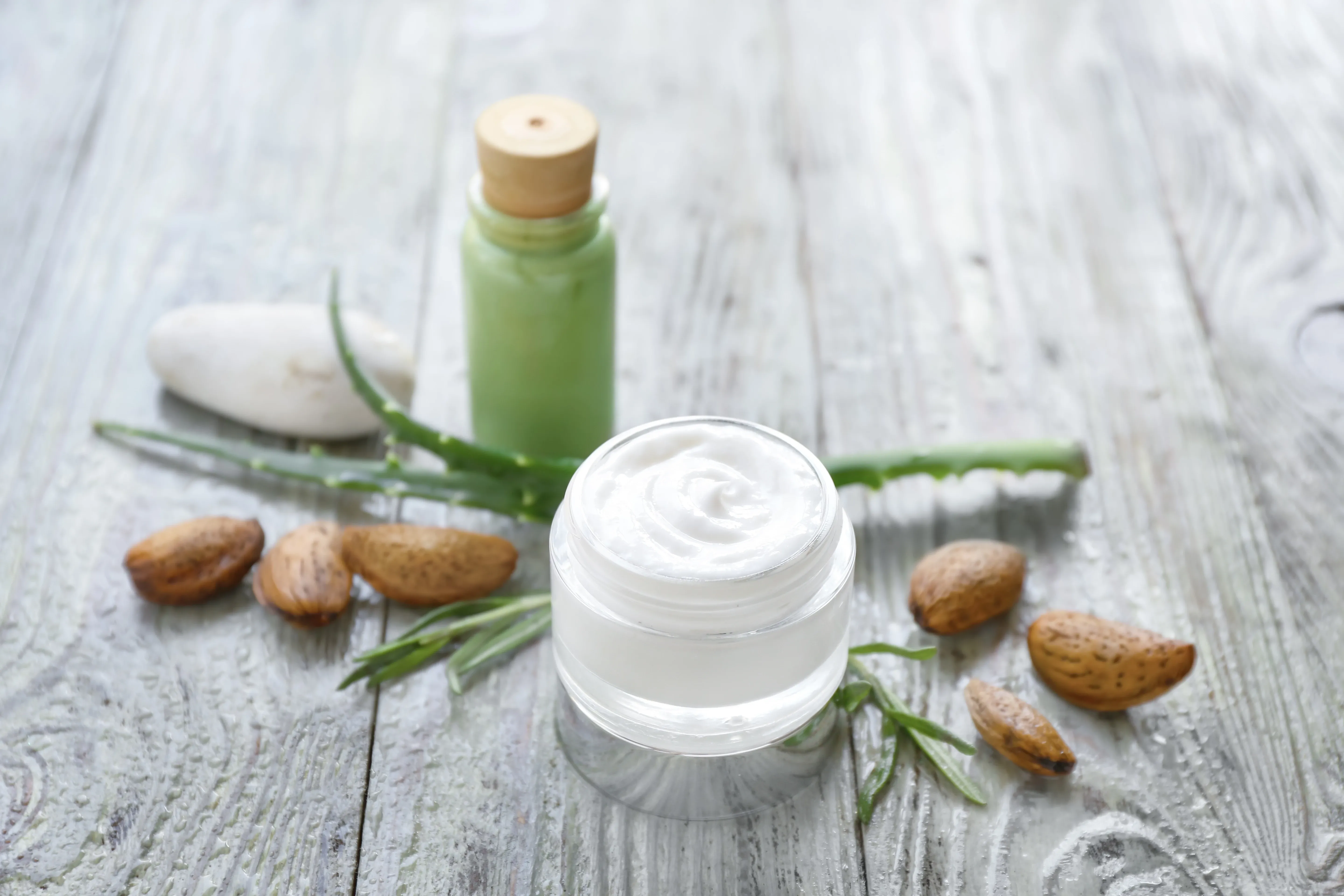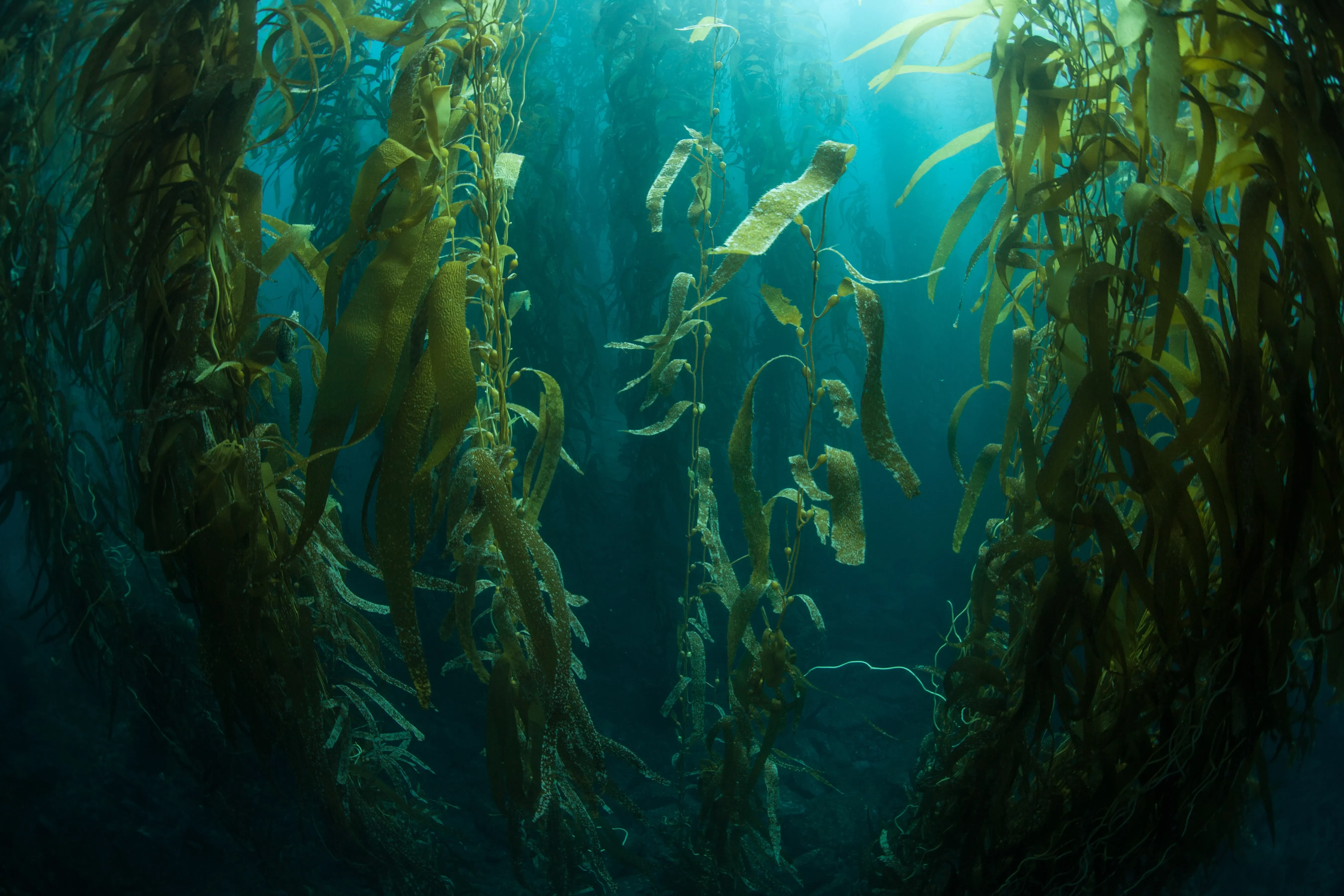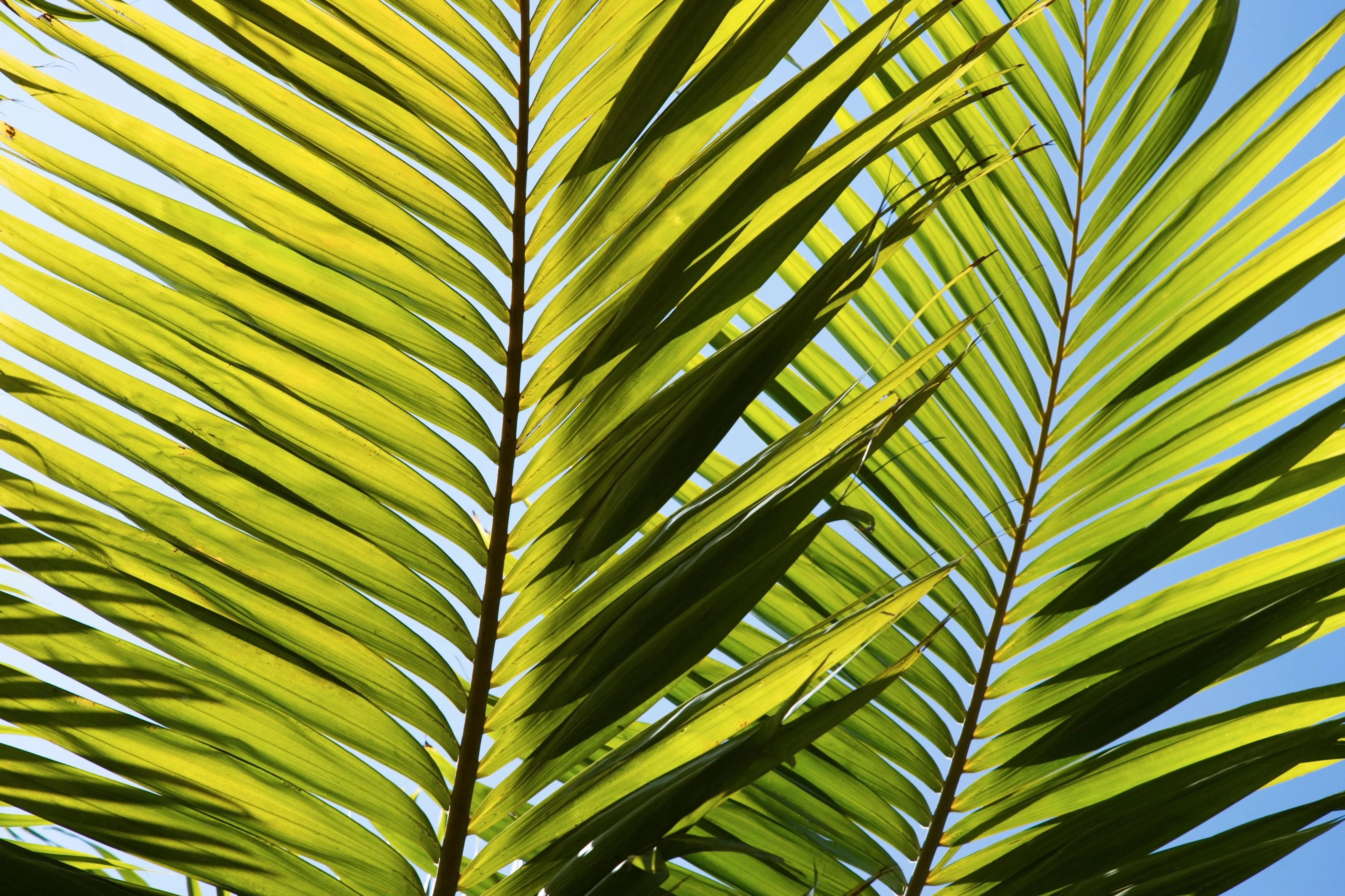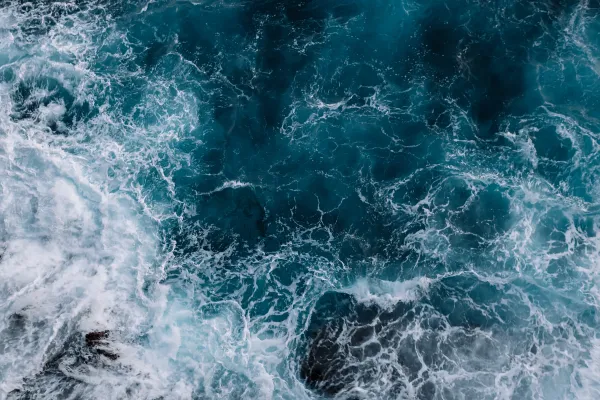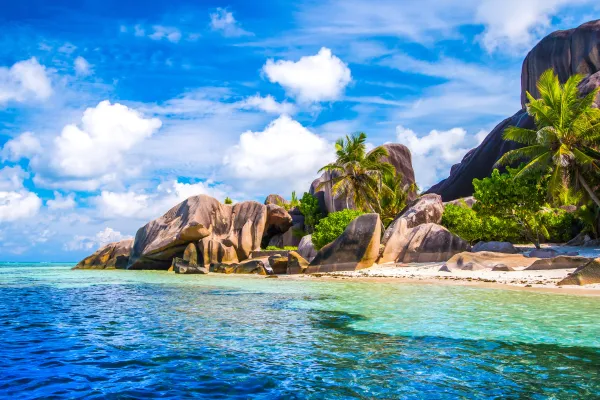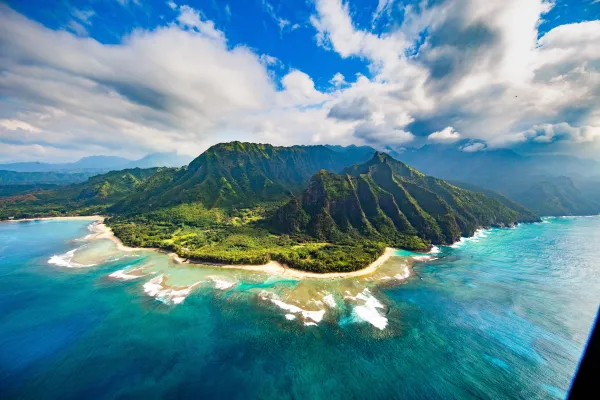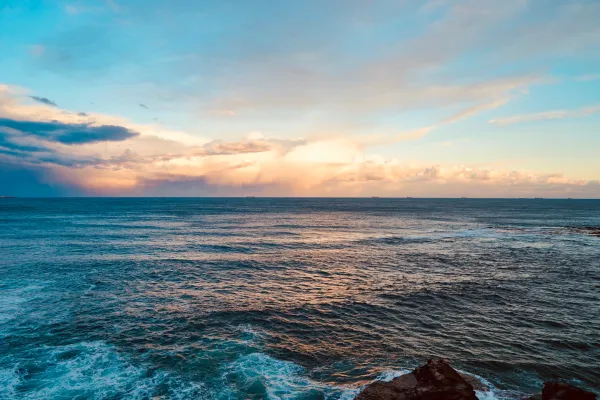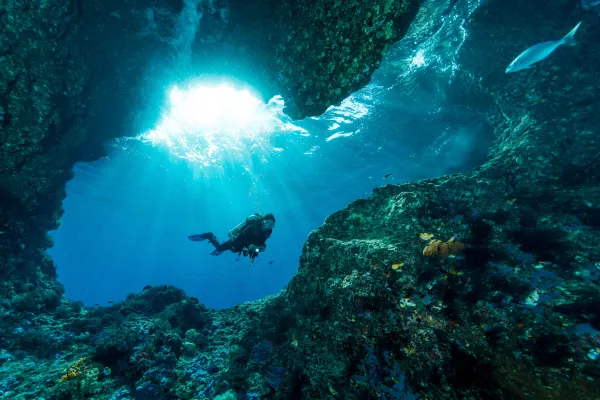How to avoid harmful products for the oceans
Many of the materials and products we use in our everyday lives are washed down the drain and enter the ocean, where they can harm marine biodiversity.
Daily essentials such as sunscreen, toothpaste, and cleaning products can all impact organisms negatively. However, there is a whole range of eco-friendly alternatives available which are becoming increasingly popular as people move towards a more conscious lifestyle.
The ocean faces escalating pollution due to the growing human population. Much of our waste, including sewage, plastic litter, and industrial runoff ends up in the ocean and has negative effects on marine wildlife. Many items we use every day contain chemicals that can be toxic to marine organisms, without us knowing, so it is important to understand the impacts of certain products and how we can make small changes for a healthier ocean.
1. Sunscreen
Wearing sunscreen is an important daily precaution many people take across the globe, to reduce the chances of developing skin cancer. Chemical sunscreens, which are the most common, contain toxic chemicals such as oxybenzone, octinoxate and octocrylene, which are notably damaging to corals and other reef organisms. These can also damage the DNA of marine organisms, particularly vulnerable larvae and young corals, causing slowed growth and abnormal development of the skeleton which reduces the chance of survival.
When beachgoers, swimmers, and snorkelers enter the ocean, any sunscreen they are wearing can dissolve into the water and pollute the local marine environment. In small doses, this wouldn’t have much effect, however on a larger scale such as at tourist beaches and snorkeling hotspots, it can become a problem. Hawaii was one such hotspot, where oxybenzone levels reached extremely high levels – 12 times higher than the average level, leading to widespread death of corals across its reefs.
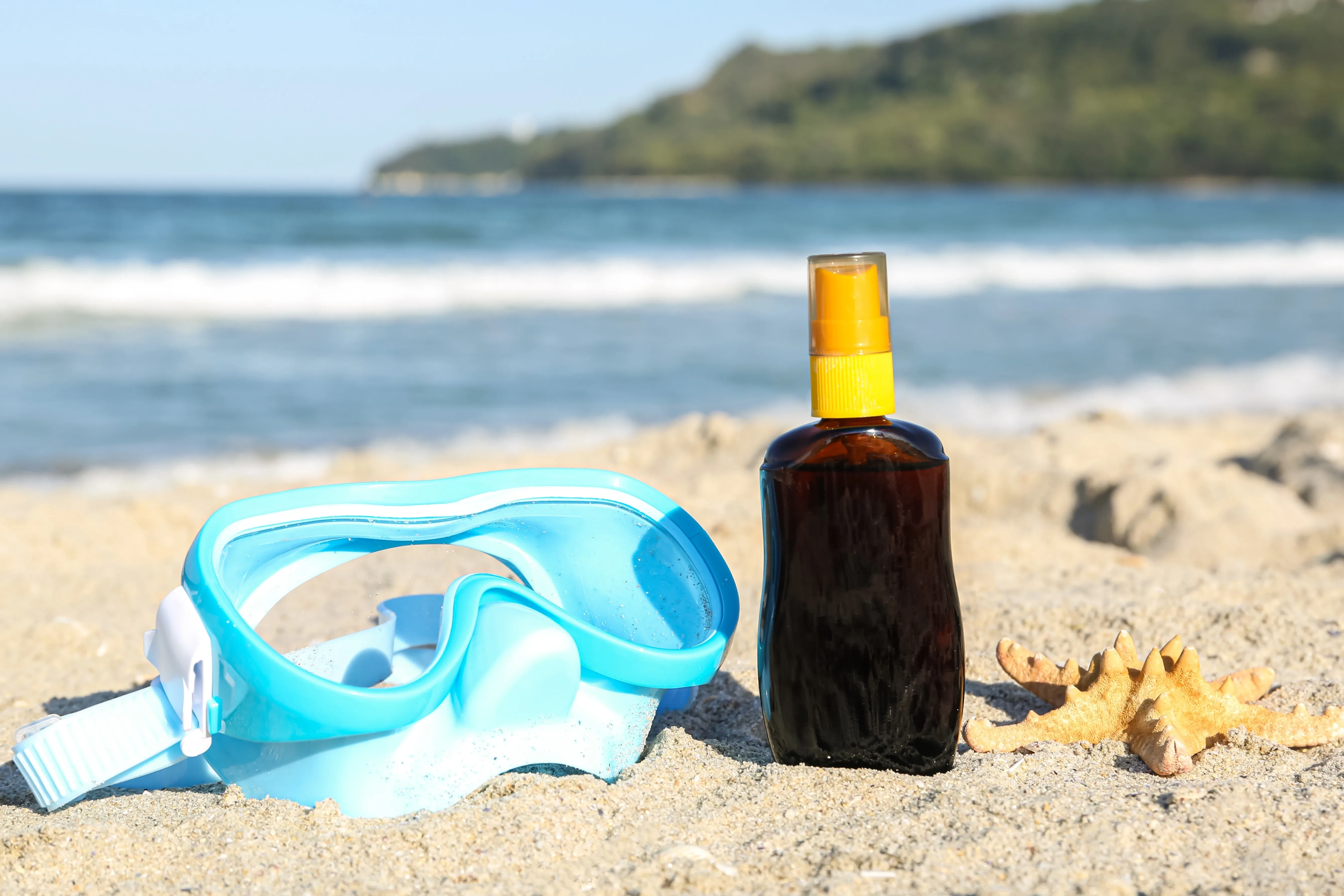
2. Other cosmetics
Parabens, sulfates, and artificial fragrances
Cosmetics and beauty products have a similar fate to sunscreens – they can wash off the skin during water-based activities and are released into the marine environment. Harmful ingredients commonly used in cosmetics include parabens, sulfates, and artificial fragrances. All of which have been observed to cause reproductive problems in a range of marine organisms, from bacteria to corals, to dolphins. These chemicals are used in many shampoos, hair conditioners, body sprays, soaps, and toothpastes, meaning a large quantity of them enters the ocean every year.
Triclosan
Triclosan is a compound used in many antibacterial products, and it continues to do its job in the ocean: killing bacteria. This is a huge concern for corals, among many other species, which have complex and vital relationships with many bacterial strains. Losing these bacteria can be fatal in many cases, making triclosan a particularly dangerous and damaging chemical.
Microbeads
Many skincare products contain microbeads, which are tiny plastic spheres designed to act as abrasive scrubs in exfoliants. These beads are too small to be removed during waste-water treatment, and so end up in the ocean alongside many of the other chemicals we wash down the drain. Microbeads are non-biodegradable and persist in the marine environment – often being absorbed by filter-feeding organisms such as corals, shellfish, and anemones. These microbeads can block important internal pathways, prevent enzymes and hormones from working properly, and essentially reduce the overall health of the organism that has ingested them.
3. Textiles
Microfibres
Microfibres are tiny fibres of fabric that are shed from clothing during washing, but also when they are worn in the sea. Synthetic fabrics such as acrylic, polyester, and nylon are made from plastic (fossil fuels), and microfibres from these types of clothing can act as microplastics and cause damaging pollution of ocean environments. It is estimated that one washing cycle of polyester clothing releases around a million microfibres – multiply this by the number of daily washing cycles occurring globally, and you get a worryingly large number of microfibres entering our environment.
Beachwear
The materials and fabrics we use whilst at the beach or in the sea also have an environmental impact. Many swimsuits contain spandex and nylon, as these plastics are water-resistant and flexible. However, like all plastics, they are derived from oil which has many detrimental impacts on marine systems and the environment. Microfibres shed directly from these fabrics into the sea during use, where they may be absorbed by organisms and cause pollution issues. Scuba diving gear consists of a larger range of materials, many of which also contribute to microplastic pollution – often unbeknownst to the user.
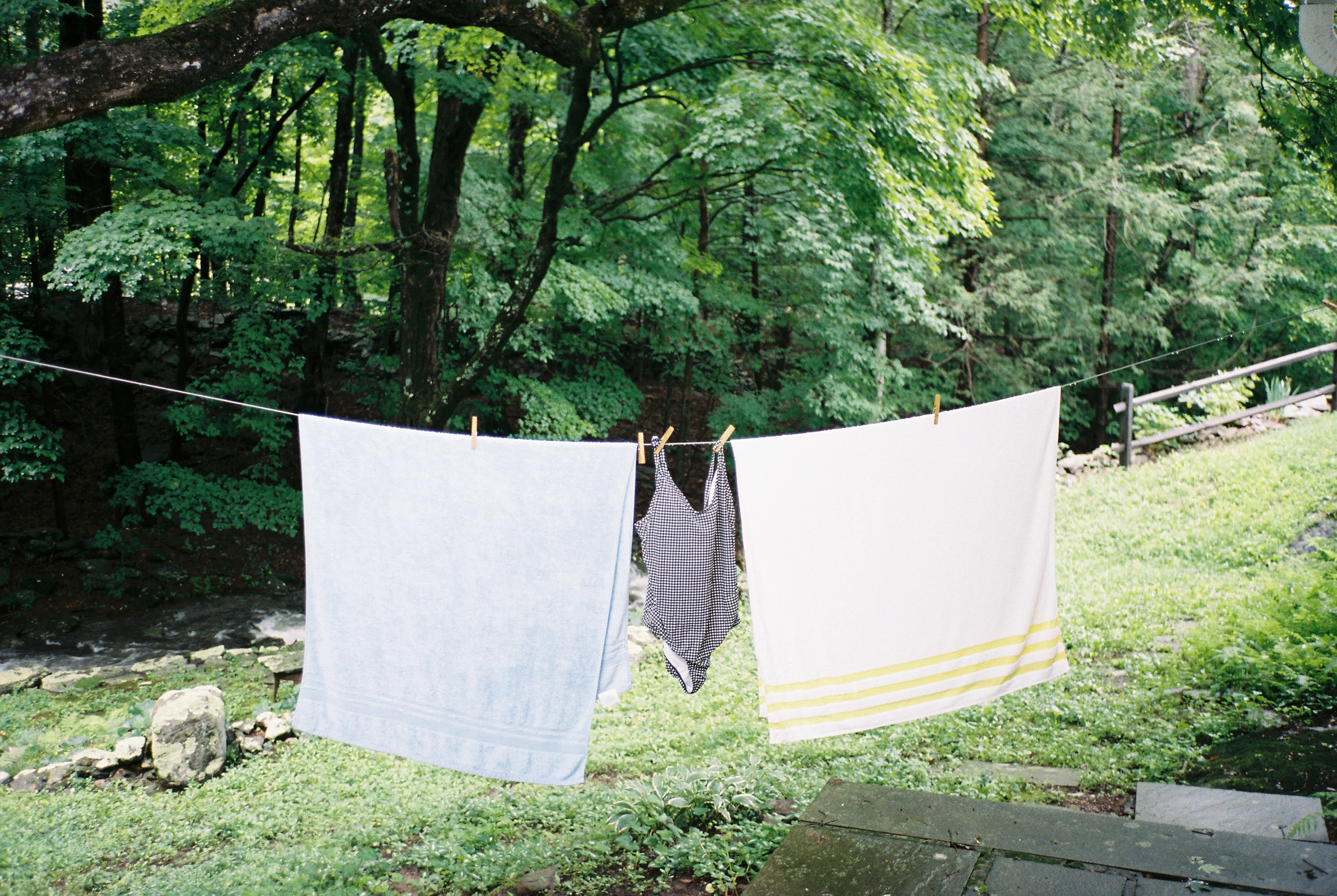
4. Alternatives and solutions
Reef-safe sunscreen
Instead of using a standard chemical sunscreen, try opting for a mineral-based alternative. These sunscreens use the reflective properties of minerals such as zinc and titanium oxide to prevent UV damage and have also been deemed safe for use in coral reef environments. Mineral sunscreens are becoming more common as the detrimental effects of chemical sunscreens are confirmed, and can be easily purchased from established chemists, health stores and even supermarkets. Some regions have banned the use of sunscreens which have not been approved as reef-safe, such as Hawaii. As a coral reef hotspot, this law has had a hugely positive effect on the health of local marine ecosystems and marine biodiversity.
Eco-friendly cosmetics
The natural beauty movement has brought many benefits, not only to animal welfare conditions and human skin health but also to the environment. Cosmetics that are made from natural ingredients are softer on the skin, often avoid animal testing, and are biodegradable and hence gentle on the environment. The use of harsh, industrial chemicals reduces the carbon footprint of production and helps keep wastewater and the receiving marine environment clean. Another plus is they are often packaged in recycled plastic or come in more sustainable packaging such as paper or cardboard.
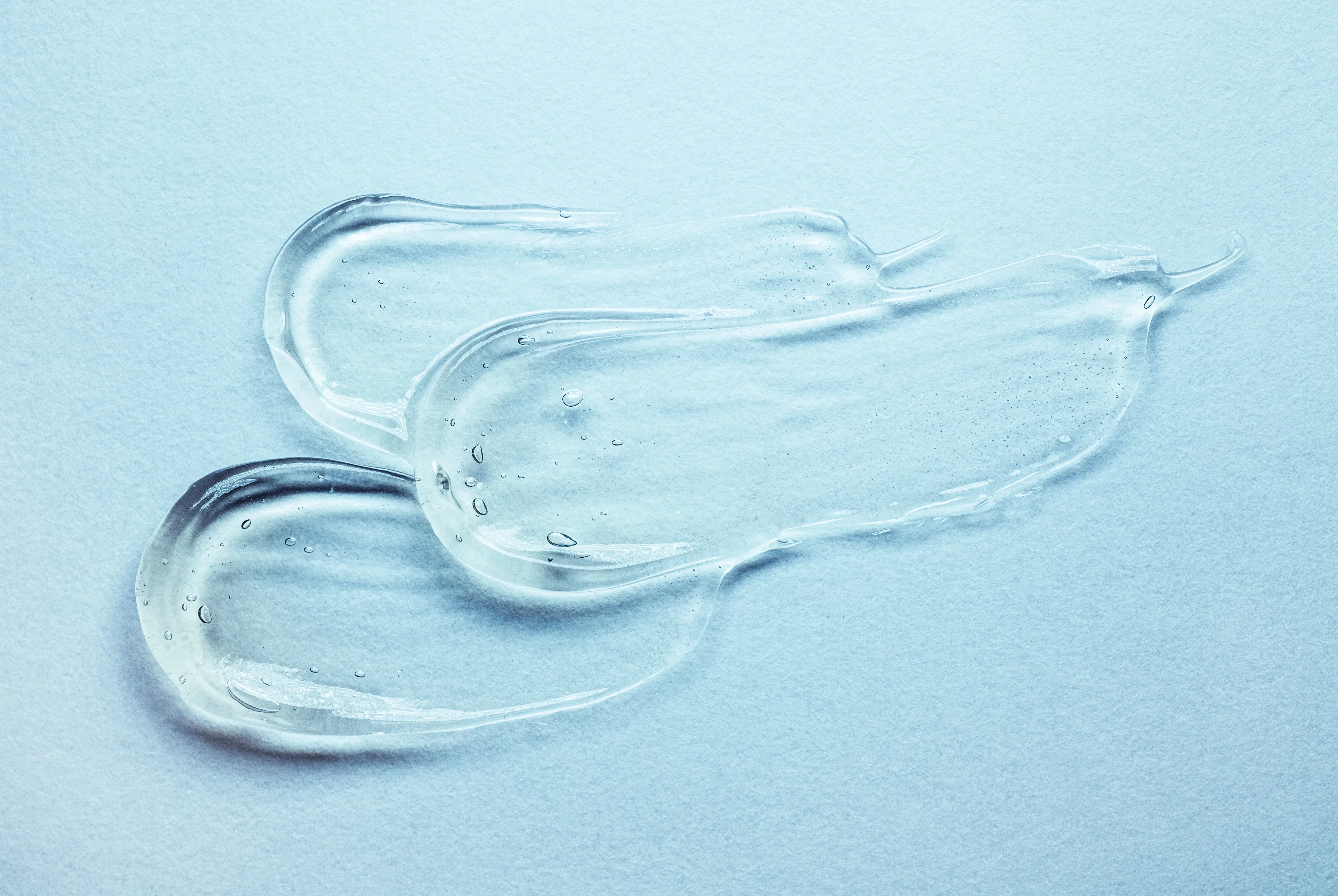
Switching to locally produced, natural products including solid shampoos, hair conditioners, and soap bars greatly reduces the quantity of chemicals going down your drain every day. Checking ingredient lists for parabens, sulfates, and microbeads is another simple way to clean up your daily routine for the ocean. Being mindful of what is on your skin and hair when swimming in the ocean is also important, especially if you are in a coral reef region – these habitats are particularly sensitive.
Environmentally conscious textiles
Choosing natural fabrics such as cotton, linen, hemp, and flax is an easy way to reduce microplastic pollution. Although these fabrics still release microfibres, as they are not made of plastic, the fibres biodegrade rapidly and are not harmful to marine life. However, for certain products such as swimwear, it can be harder to source naturally based fabrics. Sustainable swimwear brands may market themselves as ocean-safe. However, it is worth checking the label to ensure only natural materials have been used – look for blends of cotton, linen, and modal, which are all plant-derived.
When purchasing scuba or snorkel gear, buying items made from pure rubber and consulting the top brands is the best option – this ensures minimal environmental impact without sacrificing quality or safety. As rubber is a natural product, it has a low carbon footprint and is safe for the use around marine organisms.
Many small things make a big difference
Overall, to help contribute to a cleaner ocean, there are many small swaps you can make in your everyday life to have a positive impact. Being mindful of what you buy, the ingredients used, and how much you use can help reduce pollution and maintain a safe environment for the stunning marine life that fills the oceans. Opting for quality over quantity and choosing to support trusted, verified brands and products is the surest way to reduce your impact and move to a more sustainable, environmentally gentle style of living.
Source references:
Smithsonian
Sign up for the newsletter
By clicking on “Subscribe now” I will subscribe to the Conscious Explorer newsletter with all the information about mindful travel. Information on the success measurement included in the consent, the use of the shipping service provider MailChimp, logging of the registration and your rights of revocation can be found in our privacy policy.


